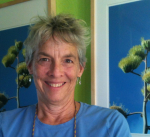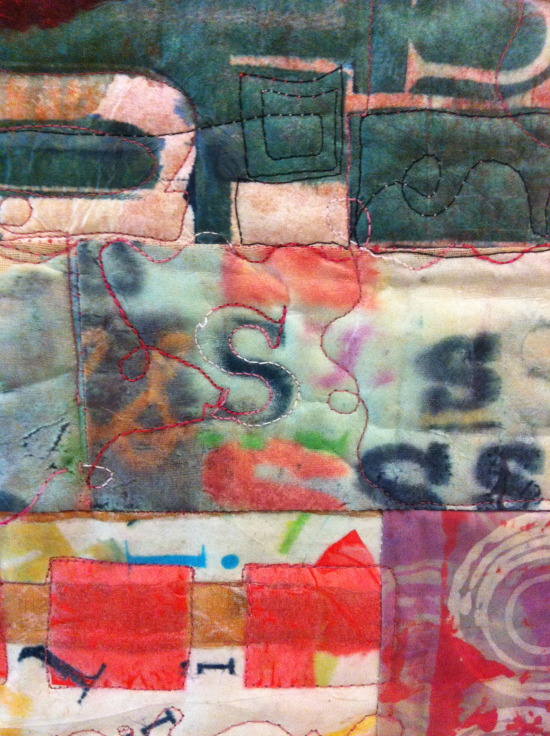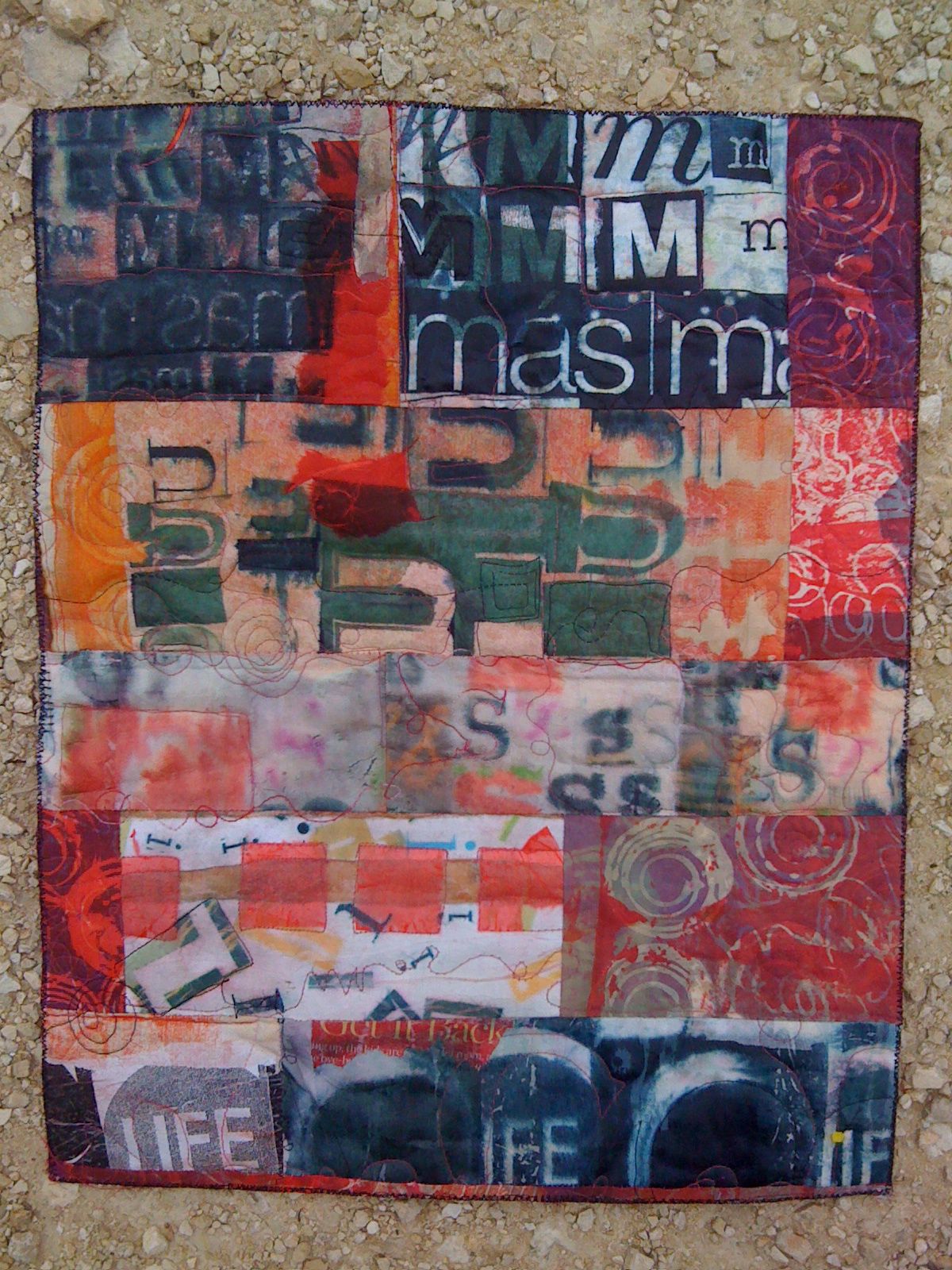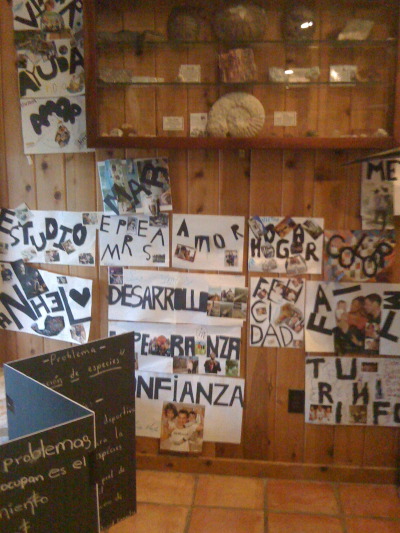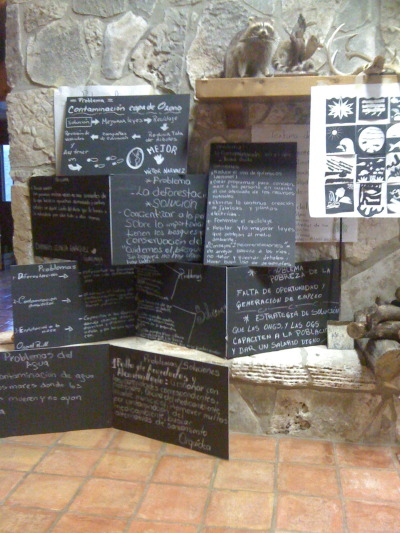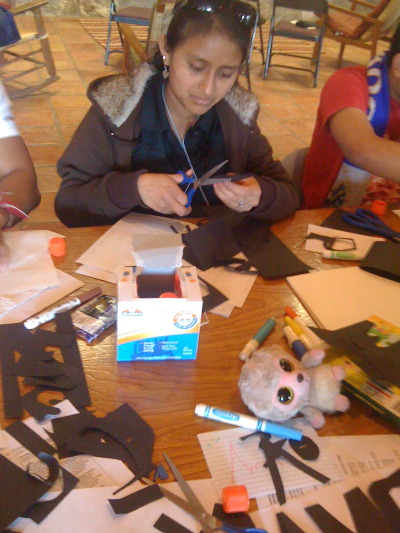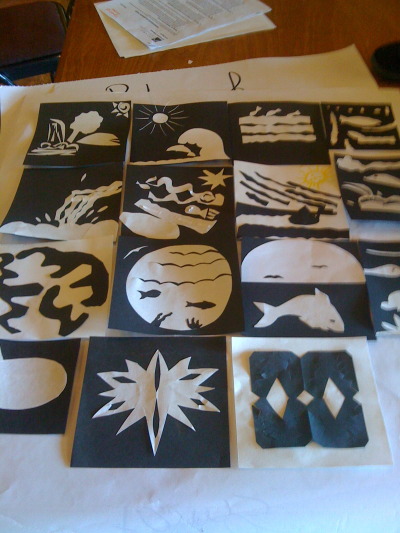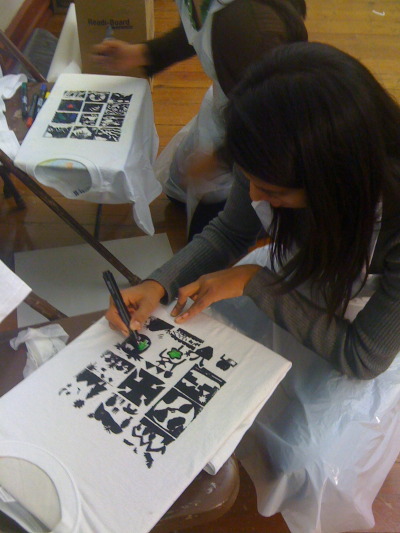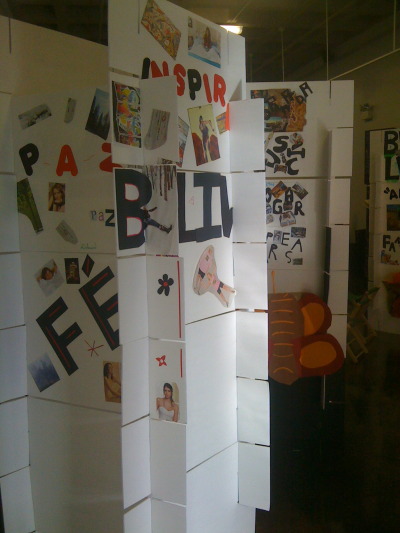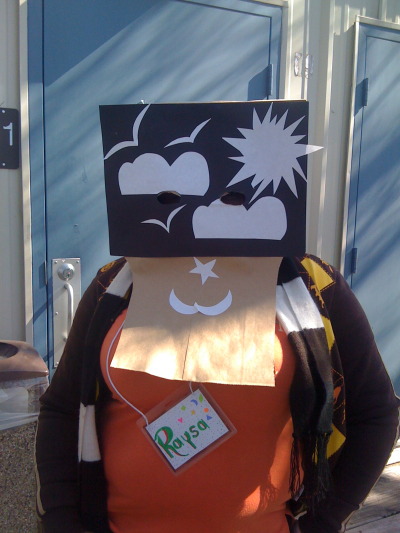Looking Beyond the Art Village Where We Live
 Wednesday, December 12, 2012 at 10:00AM
Wednesday, December 12, 2012 at 10:00AM 
We fiber artists live in a very rich and connected community. And sometimes (often, actually) it's important to travel outside to see what other "countries" in this universe of art are up to. The valuable messages may come in the form of technical tips, some new materials that could enrich your own work, or in broader messages about the business and/or creative trajectory of being an artist.
This great podcast showed up on my phone this morning on my commute into Palo Alto College for more bookmaking with the Centeral American teachers. If the copy and link don't show up for you, you can find the page link to the Design Observer site here. Louise Fili is a wonderful typographer, designer and inspiration to those of us who like to include text and lettering in our work. This interview is a wonderful reminder about the power of timing, about paying attention to opportunities and the importance of taking what my coach Lesley Riley calls "imperfect action."

"AUDIO DESIGN MATTERS 2009-2012
Louise Fili
Louise Fili designs specialty food packaging and restaurant identities, and is pazza for tins that speak Italian. A graduate of Skidmore College, Louise designed books at Alfred A. Knopf in the mid 70's, worked for Herb Lubalin from 1976-78 and then joined Random House as Pantheon’s art director in 1978. In her eleven-year tenure as art director of Pantheon Books she reinvented book jacket design. Louise’s passion for 1930s Italian and French poster design migrated from her book covers to her restaurant design. You can read more about Louise in the introduction to her most recent book, Elegantissima.

